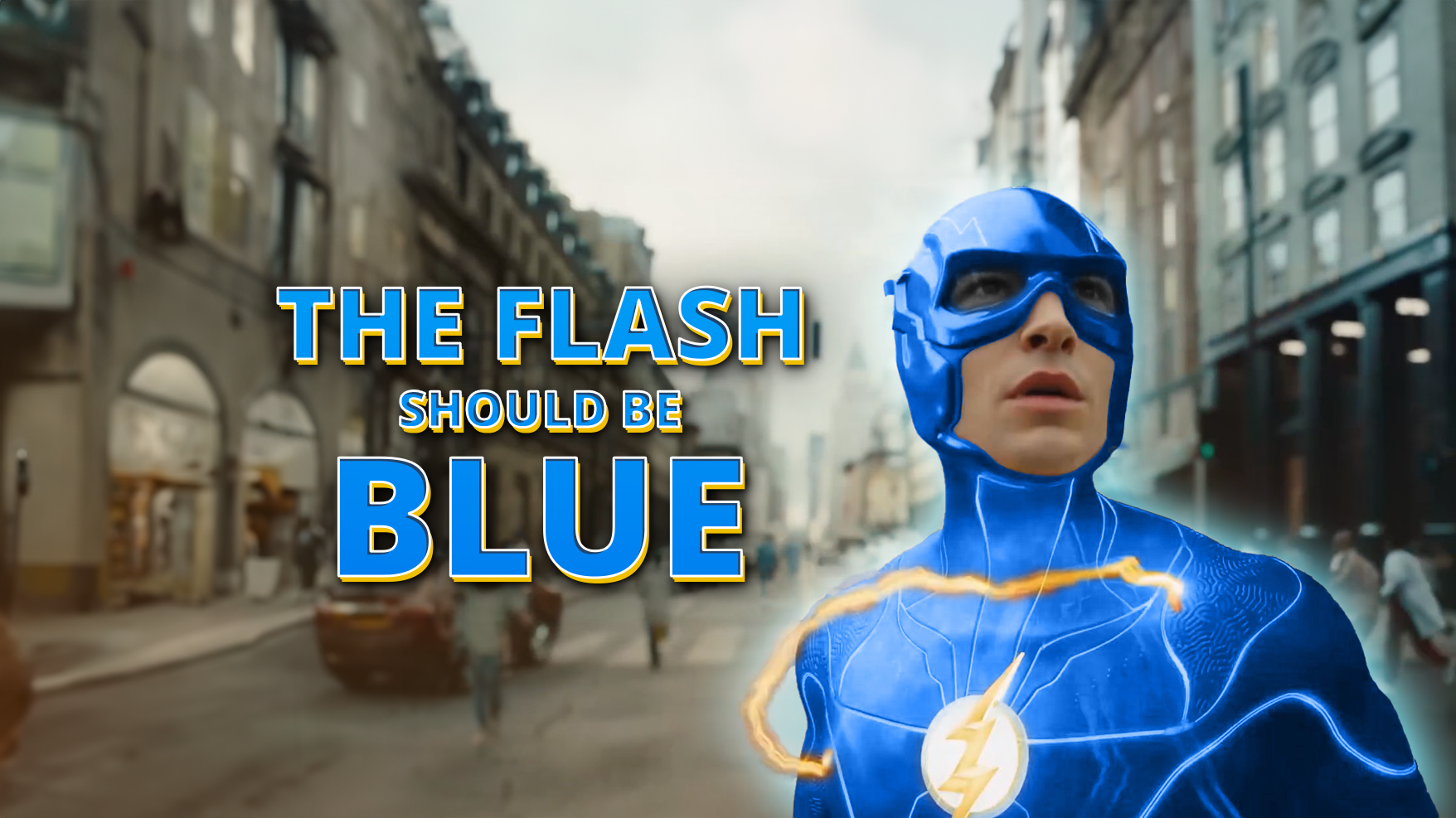Adapted from the original Twitter thread https://twitter.com/TechSquidTV/status/1673435373404340225/
Speedsters in comic books and media are ubiquitous, and famously, extremely powerful characters. They have a power that feels grounded in realism, and naturally exposes real scientific curiosities anyone would ponder when grappled with the prospect of an inconceivably fast object or super-human.
What if a character could run on water, or straight up a building? What if they could run at the speed of light? What if they vibrate their very core? The power is deceptively simple, yet clearly, extremely powerful even against other super natural beings you could imagine. What use is super-strength if you can’t even land a punch?
And here is why almost every movie, tv-show, and comic book gets Faster-Than-Light speed wrong.

The Cliché Super Speed Run
You know the scene, every speedster has it. Where they run so fast that they leave a trail of electricity for some reason.

These characters are often portrayed as running faster than the speed of light, possibly this mysterious electricity (“Speed Force” in the case of The Flash) signifies when they are running at the speed of light. Though they do not always call it out, and there are worlds of inconsistencies, it is often implied by the the fact that these characters arrive to-and-from locations vastly far apart instantaneously or near instantly, that they are traveling at, or even faster than the speed of light.

So let’s work with for the rest of this article, that these characters can run at the speed of light in a vacuum, for the sake of asking a question.
What would The Flash see at light speed?
There are two interesting perspectives to consider here, what does The Flash see while running at the speed of light, and what would we see, as an observer watching The Flash run by us. We are going to focus on the latter, but there is an incredible video by ScienceClic that goes into detail what you might see if you were moving at the speed of light.
Truly this video is a masterpiece, do not skip. If we ever wanted to see a POV of what it would be like run as The Flash accurately, it should be portrayed like this… and not what ever the hell Andy Muschietti gave us with Ezra Miller’s goofy ice skating walk-run visual.
What would we see?
But what might we, as a “stationary” observer see as The Flash runs past us at the speed of light? Besides nothing of course. Well, let’s first give credit where credit is due because I think SONIC may have the most accurate depiction of faster-than-light motion, specifically because SONIC leaves behind a BLUE light trail.

Not Doppler
To be clear, this is not about the doppler effect, which would be direction dependent. A FTL (faster-than-light) speedster, would leave a blue light trail, no matter if they were headed towards us, or away from us.

(source itu.physics.uiowa.edu)
And in actuality, redshift is not observable with the naked eye. What I’m talking about, we would actually be able to see, and in fact you may have even seen it before.
Cherenkov Radiation
Let’s briefly ignore the fact that if a “solid” object moved though the atmosphere on earth near the speed of light, it would not only ignite the air, but essentially continuously detonate nuclear bombs in its wake as it shreds through air molecules and the oxygen and nitrogen within. Let’s leave the air, but ignore the exploding bits for the sake of conversation.

This is Cherenkov radiation, which you will typically only find, in the water tank of a nuclear reactor. The glow you see here is not nuclear radiation itself, but it is the result of the radiation interacting with the water molecules in the tank. The blue glowing phenomena is caused by particles moving faster than the speed of light, in the medium they are traveling through.

While the speed of light in a vacuum is the absolute speed limit of the universe, neither air nor water are a vacuum, and light is not the only thing in the universe that travels at “light-speed”, however light will interact with particles in a medium like air or water and “slow down”, with some particles will not, meaning that some particles can move “faster than light”.

When an electrically-charged particle moves faster than a photon through a medium, it creates a wavefront of light-emitting interactions with the medium, but unlike photons, these particles (usually electrons) are not slowed down by these interactions. As the charged particles travel through the medium, particles within the medium are excited and put into a raised energy state for just a moment. As the particle falls back down to stability, light is emitted. This type of excitation would not typically be easily detected, but as the FTL particle continues to move through the medium, exciting particles, it will create a shockwave as it travels faster than the photons being emitted. This shockwave is what we see as the blue glow.
SONIC was right!
Of all the speedsters in media, which character’s correctly portray this blue glow? SONIC the Hedgehog. SONIC is the only scientifically-accurate* depiction of faster-than-light travel from the perspective of an observer.

I hope this post has convinced you to think more critically of your favorite fictional comic book heros, and demand more scientific accuracy in your media, like SONIC.
If you enjoyed the post please, take a look around and try another! Consider joining the newsletter below!
